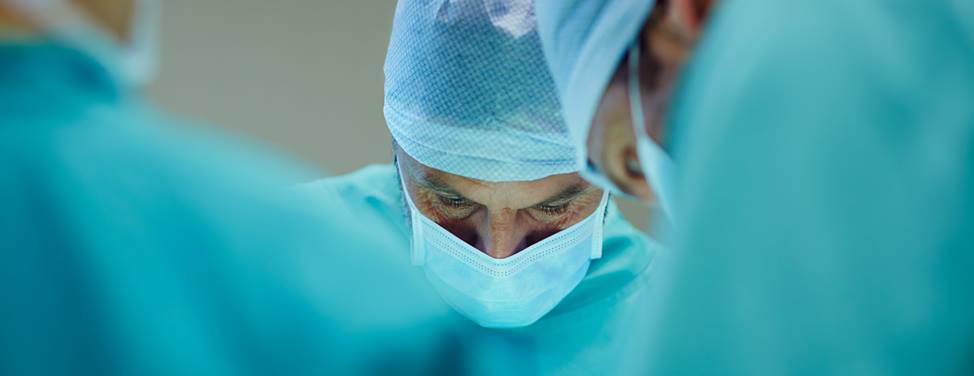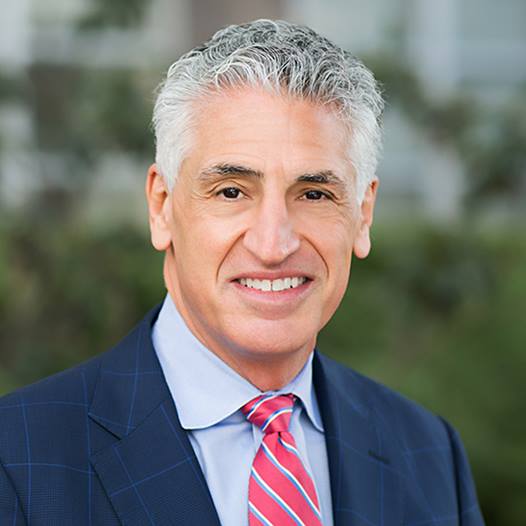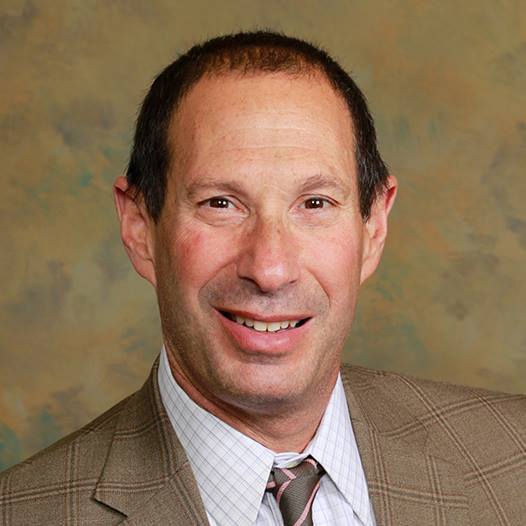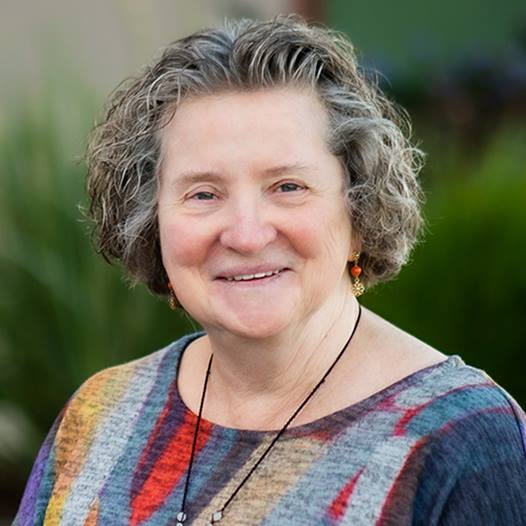UCSF Health is a pioneer in endovascular surgery, performing more than 150 endovascular aneurysm repairs annually — more than any other medical center on the West Coast. Our team of experts developed and tested groundbreaking endovascular surgical technologies and techniques.

Endovascular Surgery
Endovascular surgery is an innovative, less invasive procedure used to treat problems affecting the blood vessels, such as an aneurysm, which is a swelling or "ballooning" of the blood vessel. The surgery involves making a small incision near each hip to access the blood vessels. An endovascular graft, which is a special fabric tube device framed with stainless steel self-expanding stents, is inserted through the arteries in a catheter, a long, narrow flexible tube, and positioned inside the aorta. Once in place, the graft expands and seals off the aneurysm, preventing blood from flowing into the aneurysm. The graft remains in the aorta permanently.
In the past, this condition was treated by open surgery, involving an incision in the side of the chest or breastbone and a long recovery period. Patients generally stay in the hospital for seven to 10 days following open surgery and undergo a three-month recovery.
An alternative to open surgery, endovascular surgery offers many advantages, including a shorter recovery period, less discomfort, local or regional anesthesia instead of general anesthesia, smaller incisions, less stress on the heart and fewer risks for patients with other medical conditions. This procedure may benefit patients who need surgery but are at a high-risk of complications because of other conditions.
Advanced Endovascular Procedures
In some cases, standard endovascular repair is not always feasible for patients. Sometimes the aneurysm is too close to important branches of the aorta or the arteries are too narrow or too complicated to permit passage of the catheter used in endovascular surgery. In these cases, the patient has three options: no treatment, open surgery, or complex endovascular repair.
Vascular surgeons at UCSF Health have developed new procedures and technologies, which are not available at other medical centers, using endovascular techniques for complex conditions. These advanced techniques may be used for thoracoabdominal aortic aneurysms (TAAA), which involve vital arteries to the abdominal organs, or arch aortic aneurysms, involving vital arteries to the brain.
Preparation
Before endovascular surgery, you will meet with your doctor who will take your medical history and conduct a thorough physical exam. You also may have tests to determine the health of your heart, such as a stress test and an electrocardiogram (ECG), which records the electrical activity of the heart.
To determine whether your aneurysm can be treated with endovascular surgery, you will have tests, including a CT scan and angiography, which allow your doctor to view your aorta and blood vessels. These tests also allow the doctor to select the appropriate size graft.
During this time, your doctor will discuss endovascular surgery with you, and answer any questions you may have.
Procedure
Before the procedure begins, you will have either a sedative and regional anesthesia to make you more comfortable and numb the area of operation, or general anesthesia that will put you to sleep completely. The area of insertion will be cleaned and shaven to prevent infections. Your doctor will make a small incision around the hip, near the crease between the hip and thigh, to access your blood vessels. A guide wire is inserted through the incision and a pushed through a blood vessel to the aneurysm.
Special X-rays will be taken so your doctor can see the exact location of the aneurysm. At that point, he or she will insert a catheter — a long, flexible narrow tube – over the guide wire. The catheter is used to carry the graft through your blood vessels to the aorta above the aneurysm. Once in place, the graft is released from the catheter and expands, blocking the flow of blood to the aneurysm, which will shrink the aneurysm over time.
Before the procedure is finished, X-rays will be taken to confirm that blood in the aorta is flowing through the graft, not through the aneurysm. The incisions near your hip will then be closed with sutures.
Recovery
After surgery, you will be closely monitored and cared for by our team of experts. Most patients spend two to three days in the hospital. The first day following surgery you will be allowed to walk and to eat. However, most patients experience feelings of reduced energy and appetite for approximately two weeks after the operation.
When you are able to go home, you may take sponge baths, but should not soak the area around your incision until it has completely healed. Most patients are able to return to their normal activities within four to six weeks after surgery.
Follow Up
One to two weeks after surgery, you will have a follow-up appointment with your doctor to check the progress of your recovery. One and six months following surgery, you will have imaging tests to be sure that your graft is functioning properly. After the first year, you will have annual imaging tests to check your aneurysm and graft.
Complications
As with any procedure, endovascular surgery does have potential complications, which may include:
- Blockage of the blood flow through the graft
- Fever and an increase in white blood cell count shortly after the surgery
- Graft fracturing
- Infection
- Leaking of blood around the graft
- Movement of the graft away from the targeted position
Other complications that are rare, but serious may include:
- Blocked blood flow to the abdomen or lower body
- Burst artery
- Delayed rupture of the aneurysm
- Injury to kidneys
- Paralysis
UCSF Health medical specialists have reviewed this information. It is for educational purposes only and is not intended to replace the advice of your doctor or other health care provider. We encourage you to discuss any questions or concerns you may have with your provider.











